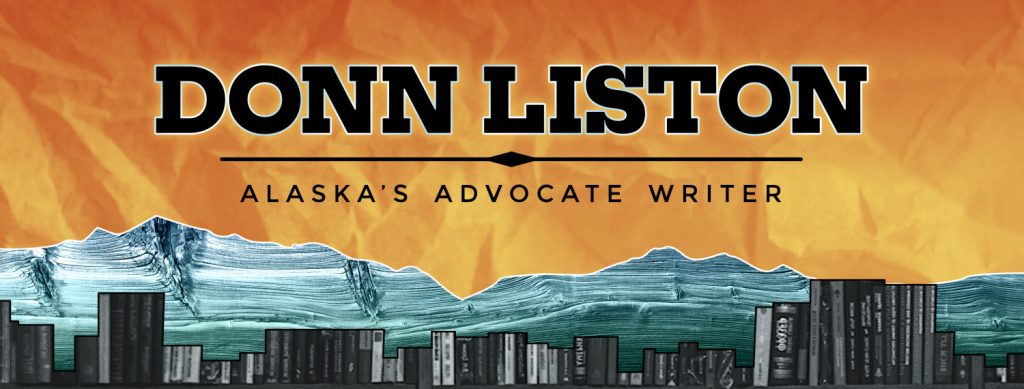A Teacher’s Dilemma
Updated story first published October 16, 2019

More than 8,000 teachers work for k-12 government schools in Alaska and an estimated 2,000-4000 cycle annually in and out of the jobs provided in more than 50 school districts. Most of these districts provide teacher employment contracts as part of Collective Bargaining Agreements (CBA) negotiated with a local union affiliate of the National Education Association, (NEA) whose state affiliate is NEA-Alaska. NEA-Alaska provides bargaining assistance to local negotiations.
Until the US Supreme Court Janus Decision, teachers in most Alaska Districts were required to be members of the union and dues were collected by the district bag men to be forwarded to the NEA union bosses in fat checks or direct deposit.
This is the Factory Model of Education
Not all government teachers who work in Alaska have been members of the union, however. Some have chosen to be what are called Agency Fee Payers, who only contribute the local portion of dues, which are required as a condition of employment under those CBAs. This is based on the idea that union efforts get members the salary and benefits they enjoy as public employees. Therefore, all employees of that class should have to at least pay for that portion of union services.
Union teachers also sometimes refer to Fee Payers derisively as free loaders. But in Alaska, great teacher, acceptable teacher, bad teacher, terrible teacher doesn’t matter. All pay the same dues and receive the same union benefits/protections under a legal doctrine known as Duty of Fair Representation.
[1}National Labor Relations Board: Duty of Fair Representation
This union protection inoculates Teachers from
accountability for many objectionable behaviors or
accountability for academic outcomes.
Full disclosure: This writer worked two years in Juneau as Database Technician for the Association of Alaska School Boards, leading the charge against having a third party arbitrator decide teacher salary and benefits with Binding Arbitration as the final step in Government school negotiations. I then worked for NEA-Alaska in the Juneau Headquarters Office over nine years during the time government teachers got the Right to Strike in state law. Over 13 years, NEA-Alaska had fought for Binding Arbitration and settled for Right to Strike after advisory arbitration. I later became an Alaska certified teacher and was required to be a member of NEA over one year in a rural district. I chose to not work for an employer requiring union membership over the rest of my teaching career, between 2003-2017.
How the Government School Scam Works
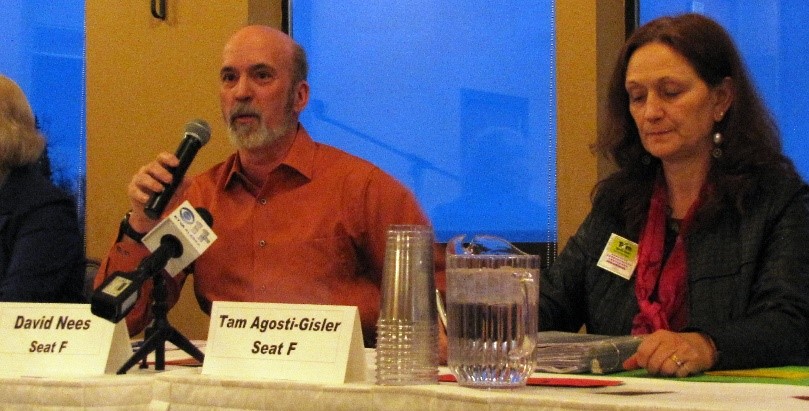
Local retired Anchorage School District (ASD) teacher David Nees was a Fee Payer over his 28-year career and during a recent interview explained why he refused to join the Anchorage Education Association/NEA-Alaska/ NEA cartel.
I believe it was 1986 when we all went to East High to vote on a contract that had been sent to the arbitrator, and the union representatives said, ‘Hey, this is a really good contract’ so we got to vote for a pig in a poke (the union had negotiated), said Nees. Everybody voted for that pig in a poke; what we got was a three-year freeze of salaries and the union got Closed Shop. I became a Fee Payer at that point.
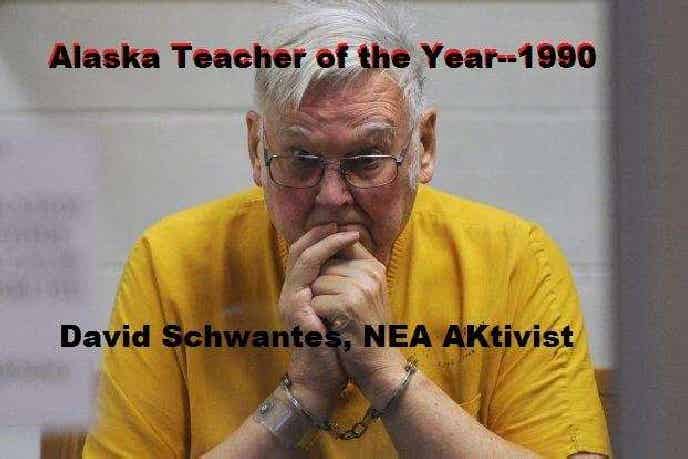
Closed Shop is defined as a place of work where membership in a union is a condition for being hired and for continued employment. A cartel is an association of manufacturers or suppliers with the purpose of maintaining prices at a high level and restricting competition. Unions supply workers and use withdrawal of services to coerce employers–in this case school boards whose members are often elected with union contributions and volunteers.
Nothing the union does is meant to improve the quality
of public education, utterly nothing.
According to Nees, from that time until today all ASD teachers are required to be members of AEA or formally declare their Fee Payer status, and pay what a judge annually determines is a “fair share” for union services. Additionally, former AEA President, Andy Holleman is a current elected member of the ASD Board.
But there is another way to look at this requirement.
ASD collects Anchorage Education Association dues, and sends them to AEA, meaning basically AEA works for the district, explained Nees. When you pay the local dues you are paying for local representation–so $130 out of $1,400 annual dues goes for local representation while the rest goes to state and national organizations to support the national agenda.
Nees says there are other reasons he doesn’t want to be a member of NEA/NEA-Alaska; he believes the national agenda is “leftist,” meaning their political agenda doesn’t reflect his views. In fact, that complaint has long been expressed by many teachers who refused to be members and only paid their local share.
In this writer’s own experience at NEA-Alaska, teachers were encouraged by the union to be political sheep. A few like Nees are black sheep–who don’t accept things they think could be better just because that’s the way those things have always been done.

And Nees doesn’t vote Democrat with the herd, either.
I started teaching at Clark Middle School in about 1983; it was a poor side of town, kids were having trouble getting to school, we had 1,000 kids packed in the old building,” Nees reminisces. “About three years later I was transferred over to Hanshew—a school with 1,400 kids—and what I noticed right away was the kids were a year ahead of those I had been teaching at Clark!”
Nees continued: I spent the next 25 years of my life at that school. I taught mostly Math, occasionally Home Ec, and some other classes. I coached cross-country skiing, cross-country running, and track; all individual team sports, like what I mostly did as a kid. I really enjoyed the time there, raised my kids there, teaching junior high. My wife taught high school, and just retired this year after 39 years at ASD.
The Nees are Alaskans planning on staying in Alaska. A lot of teachers who retire in Alaska cannot wait to go home—he estimates a third of his cadre of ASD teachers have stayed in Alaska after retirement.
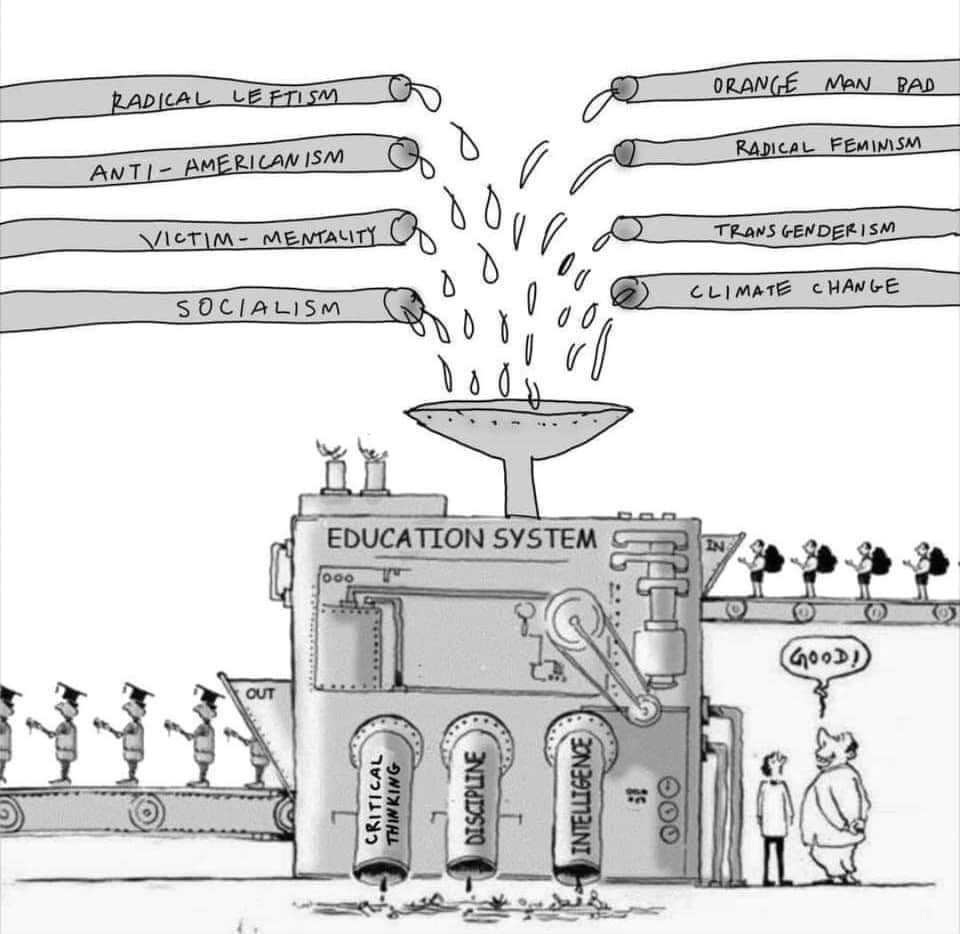
Over the years, Nees has also committed himself to examining education policy, even running for the ASD Board of Education and the Anchorage Assembly. He was chosen in 2014 as a teacher member of the Alaska House of Representatives Sustainable Education Task Force, over the strenuous objection of NEA.
Threat to the Status Quo
That Legislative Task Force included two legislators, a former superintendent, a public member, a business accounting professional, a rural Native and Nees as a teacher representative. It examined Alaska public education and a report about what it found is on a shelf with many other reports examining Alaska public education without much consideration of the union influence on our schools.
The Union Influence is Palpable.
There is new twist to the paradigm of unions herding Alaska government teachers: The U.S. Supreme Court’s 2018 historic decision in Janus v. American Federation of State, County, and Municipal Employees, Council 31 found that the State of Illinois cannot require nonunion public employees to be required to pay an “agency fee” to cover union expenditures for collective bargaining activities. In a 5-4 decision, the High Court concluded that the state’s extraction of agency fees from non-consenting public employees violates the First Amendment.
[2]Janus Decision
The mandate to extract proportional dues from Fee Payers was once in every Alaska state and local government employment contract with the various public employee unions. Additionally, these fee payers typically cannot vote in union elections or for proposed contracts. As a result of this 2018 Janus decision, the system has been modified and employees now have specific windows for opting out of paying dues, but once they sign up they are stuck paying dues until the next opportunity to withdraw membership.
The Janus Decision recognizes that coercing membership in an organization that takes political positions individual members do not agree with is a violation of the First Amendment of the U.S. Constitution. It says teachers like Nees should not have to contribute to tyranny of the majority in what he feels are leftist political agendas of the National and State unions.
A suit against ASEA/AFSCME Local 52 by two Alaska state employees attempted to enforce the Janus dues extortion because “Such a waiver must be “freely given and shown by ‘clear and compelling’ evidence.” The plaintiffs in this case had originally signed up willingly and the court ruled they did not meet the threshold for denial of First Amendment rights.
[*]Creed v ASEA/AFSCME Local 52
In fact, the reason why the unions need to coerce and intimidate government teachers is because they run the schools. Collective Bargaining Agreements establish the significant role of the union in our education factories. Alaska school administrators, most of whom are former NEA members, know it as do School Boards.
Power of the union is evident in the current
KPEA teacher contract.

2021-2024
Union Recognition
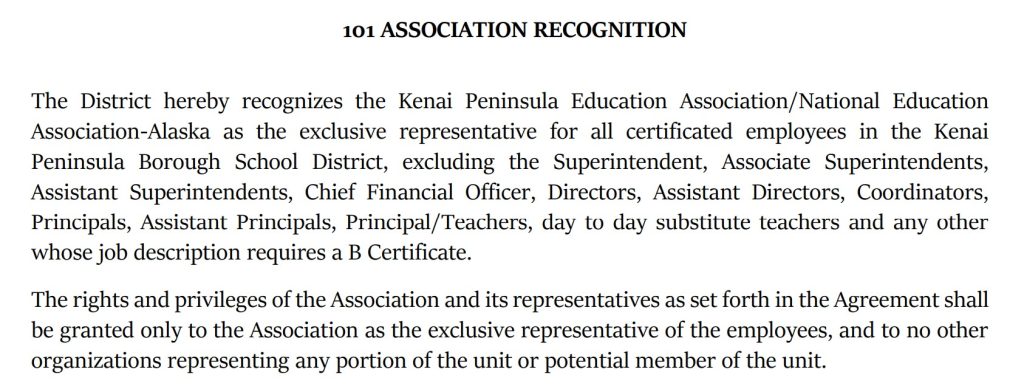
Membership & District Dues Extraction Services
Previous Language declared membership as a condition of employment:
1. Employees represented by the bargaining unit shall not be required to join KPEA; however, all employees who choose not to join KPEA shall be required as condition of employment to pay a representation fee to KPEA. The representation fee shall be an amount equal to the regular KPEA, NEA-Alaska, and NEA dues.
The district is required to provide collection and accounting services for dues extraction at no charge.
This is the new language:
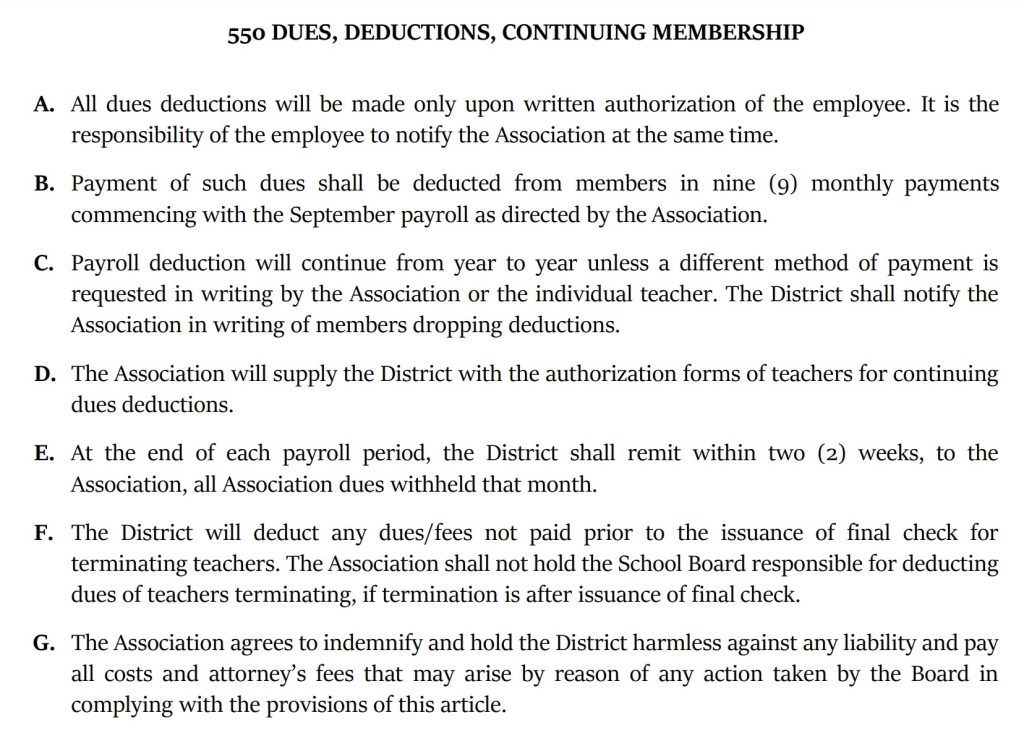
Free Union Leave Time
One principal of labor relations is that employees EARN leave time. But the teacher unions and School Boards in Alaska have arrived at a system that furthers the union’s grip on the soul of our schools by rewarding those who use the union to feather their own nest. Calling free leave for union work “Professional Leave” is an oxymoron; dedicated quality teachers usually don’t have a lot of extra time during the school year to do Union Business.
This leave has a value beyond the dues extracted by District Management from union members. That value at the local district is passed on to NEA-Alaska and NEA at the national level for use in electing public officials who do the union’s bidding.

As an employee of NEA-Alaska I witnessed what happened when local NEA affiliates came to Juneau to lobby the legislature for more money and whatever other benefits for employees they could dream of. I also knew personally the various NEA-Alaska Presidents, including two from Kenai in less than 10 years. The local there has high activity and influence. Intimidation is easy.
Real Alaska Teachers Shouldn’t need a Union.
Parents must insist that the teachers of their children not be in the union. Additionally, voters must not elect School Board Candidates who receive so much as one dollar from the union. We must return to a balance of power in government schools.
Another important education reform cases was ruled on On June 30, 2020. The U.S. Supreme Court decided one of the most important education reform cases in the past half-century, Espinoza v. Montana Department of Revenue. It held that the U.S. Constitution does not allow states to discriminate against religious parents or schools if policymakers choose to enact a private educational choice program to empower parents to choose the educational environment best suited to their own children.
[4]Institute for Justice explanation – Espinoza v. Montana Department of Revenue
Public sector unions are parasites on government and
ultimately parasites kill their host.
References:
[1]National Labor Relations Board – Duty of Fair Representation
https://www.nlrb.gov/about-nlrb/rights-we-protect/the-law/employees/right-to-fair-representation#:~:text=You%20have%20a%20right%20to,good%20faith%2C%20and%20without%20discrimination.
[2]Janus Decision
https://libertyjusticecenter.org/cases/janus-v-afscme/
In a major victory for First Amendment rights, the U.S. Supreme Court ruled on June 27, 2018 in Janus v. AFSCME that non-union government workers cannot be required to pay union fees as a condition of working in public service. This landmark case restores the First Amendment rights of free speech and freedom of association to more than five million public school teachers, first responders and other government workers across the country.
[3]Creed v ASEA/AFSCME Local 52
https://libertyjusticecenter.org/wp-content/uploads/2020/03/37-Decision-Order.pdf
[4]Institute for Justice explanation – Espinoza v. Montana Department of Revenue
https://ij.org/case/montana-school-choice/
On June 30, 2020, the U.S. Supreme Court decided one of the most important education reform cases in the past half-century. This landmark case, Espinoza v. Montana Department of Revenue, held that the U.S. Constitution does not allow states to discriminate against religious parents or schools if policymakers choose to enact a private educational choice program to empower parents to choose the educational environment best suited to their own children. In his majority opinion, Chief Justice John Roberts wrote that while a “State need not subsidize private education[,] . . . once a State decides to do so, it cannot disqualify some private schools solely because they are religious.” The Court had already ruled in 2002, in Zelman v. Simmons-Harris (another IJ case), that allowing such options is permissible under the federal Constitution.
https://www.supremecourt.gov/opinions/19pdf/18-1195_g314.pdf
